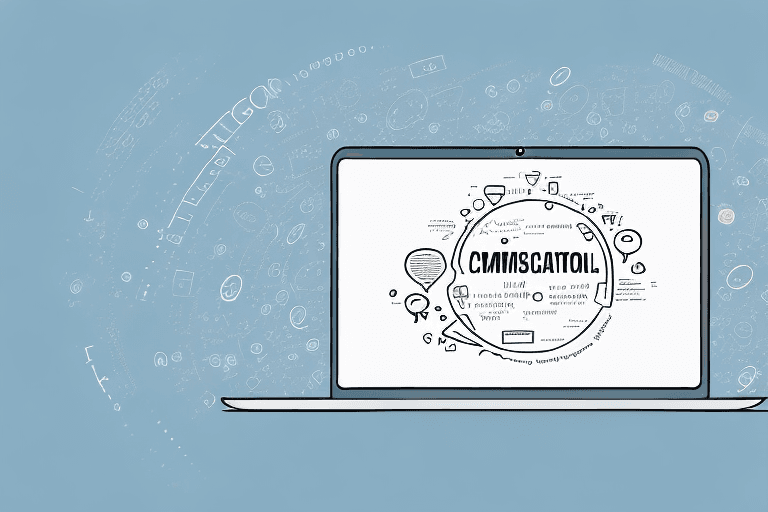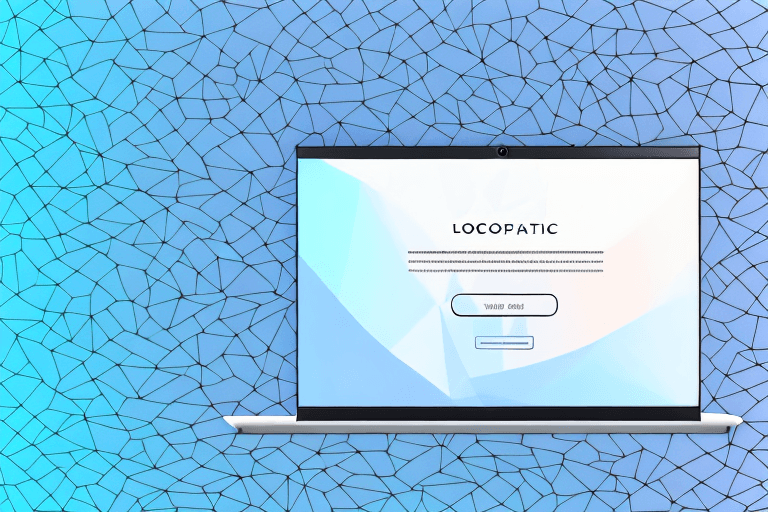In today's digital age, email has become one of the most common forms of communication in both personal and professional settings. An email introduction serves as a first impression and can determine how the recipient views you and your message. Therefore, it's important to craft an effective introduction email that will make a lasting impression and build professional relationships. In this article, we'll provide you with tips and guidelines for creating a comprehensive introduction email template that will help you to streamline your communication and achieve your objectives.## The Importance of an Effective Introduction Email
An effective introduction email can be a game-changer as it establishes your credibility, sets the tone for the rest of the communication, and sets expectations for the recipient. A poorly crafted introduction email can result in confusion, missed opportunities, and even frustration.
Establishing a Strong First Impression
First impressions matter. To make a positive impression in the first email, you need to be clear, concise, and informative. A strong introduction email can make all the difference in establishing credibility and setting the tone for future communication. It's imperative to grab the recipient's attention right away.
One way to establish a strong first impression is to personalize the email. Research the recipient and find out what their interests and needs are. Use this information to tailor your email to their specific situation. This shows that you have taken the time to understand their needs and are invested in the relationship.
Another way to establish a strong first impression is to highlight your strengths and accomplishments. Share your relevant experience and skills that make you the best fit for the job or opportunity. This builds credibility and establishes you as a valuable asset.
Building Professional Relationships
An introduction email is not just about conveying information, but also building relationships. You want to come across as approachable and professional in your email communication. Building professional relationships increases the chances of having successful communication and collaborations in the future.
One way to build a professional relationship is to show genuine interest in the recipient. Ask them questions about their work or interests and offer your own insights and experiences. This creates a dialogue and establishes a connection.
Another way to build a professional relationship is to be responsive and timely in your communication. Respond to emails promptly and follow up on any action items. This shows that you value their time and are committed to the relationship.
Streamlining Communication
Effective communication is a key component of success. Streamlining the communication process can save time and hassle for both you and the recipient. An effective introduction email sets the expectation for future communication and can increase the likelihood of receiving a response in a timely manner.
One way to streamline communication is to be clear and concise in your email. Use bullet points or numbered lists to break down information and make it easier to read. This saves time for both you and the recipient and ensures that important information is not overlooked.
Another way to streamline communication is to establish a clear call to action. What is the purpose of the email? What action do you want the recipient to take? Clearly stating the purpose and desired outcome of the email can help avoid confusion and ensure that the communication is productive.
In conclusion, an effective introduction email is crucial for establishing credibility, building professional relationships, and streamlining communication. By personalizing the email, highlighting your strengths, showing genuine interest, being responsive, and establishing a clear call to action, you can make a positive impression and set the stage for successful communication and collaboration in the future.
Key Components of an Introduction Email Template
Crafting a comprehensive introduction email takes time and careful consideration. Here are six key components that you should include in your introduction email template:
Subject Line: Grabbing Attention
The subject line is the first thing that the recipient will see when they receive your email. You want it to be catchy, informative, and relevant to your purpose. A strong subject line can grab the recipient's attention and entice them to read your email.
For example, if you are introducing yourself to a potential client, your subject line could be something like "Introducing [Your Name] - Your Solution to [Their Pain Point]." This subject line is both informative and attention-grabbing, as it clearly states who you are and what you can do for them.
Opening Greeting: Setting the Tone
The opening greeting is where you set the tone for your email. It's important to be respectful and professional in your greeting. Address the recipient by name and avoid using informal language or slang.
For instance, if you're writing to a potential employer, you might start your email with "Dear [Their Name]," or "Hello [Their Name]," followed by a brief expression of gratitude for their time and consideration.
Personal Introduction: Who You Are
The personal introduction is where you introduce yourself and briefly describe who you are and your role in an organization or project. This helps establish credibility and build a rapport with the recipient.
For example, if you're reaching out to a potential mentor, you might introduce yourself by stating your name, your current occupation or area of study, and your interest in their work or expertise. This can help to establish common ground and spark a conversation.
Purpose of the Email: Why You're Reaching Out
It's crucial to be clear and concise about the purpose of your email. Clearly state the reason for your communication and what you hope to achieve by sending the email. This clarity gives the recipient an idea of how to respond to your email and can help to set expectations.
For instance, if you're reaching out to a potential collaborator, you might explain your project or idea and how you think their skills or expertise could benefit your work. This can help to establish a clear goal for your communication and encourage a response.
Call to Action: Encouraging a Response
A well-crafted call to action can encourage the recipient to respond to your email. Clearly indicate what you are requesting and provide instructions on how to respond. This can include setting up a meeting, asking for more information, or providing feedback.
For example, if you're reaching out to a potential client, you might conclude your email by providing a link to your website or portfolio and inviting them to schedule a call or meeting to discuss your services in more detail.
Closing Remarks: Leaving a Lasting Impression
The closing remarks are your final opportunity to make a lasting impression. Be polite, concise, and always remember to thank the recipient for their time. Encourage them to reach out if they have any additional questions or concerns. Sign off with a professional signature-line.
For instance, you might end your email by saying "Thank you for your time and consideration. I look forward to hearing from you soon." or "I appreciate your attention to this matter and am available to answer any questions you may have. Best regards, [Your Name]."
Tailoring Your Introduction Email for Different Scenarios
Not all introduction emails require the same content or structure. Depending on the scenario, it may be necessary to tailor your emails to suit a specific need. Here are a few examples of scenarios where you may need to modify your introduction email:
Networking and Collaboration
When reaching out to new contacts, it's important to be warm, friendly, and conversational in tone. Emphasize the value that a potential collaboration could bring to the recipient's organization or personal network.
Job Applications and Interviews
When reaching out to potential employers or recruiters, it's important to be professional and direct in your communication. Make sure to highlight your relevant qualifications and experience and tailor your message to match the employer's requirements.
Sales and Marketing Outreach
Sales and marketing emails often require a different approach. They need to be attention-grabbing and persuasive in tone, with a clear value proposition for the recipient. Use persuasive language and focus on how your product or service can benefit the recipient or their organization.
Introducing a New Team Member
When introducing a new team member, it's important to be welcoming and friendly in tone. Share some information about the new team member, such as their background or experience, and highlight their potential contributions to the team or organization.
Conclusion
Crafting the perfect introduction email can be a daunting task, but it's worth the effort. A well-crafted introduction email can set the tone for successful communication and build long-lasting professional relationships. By following our guidelines and using our comprehensive introduction email template, you can streamline your communication process and achieve your objectives more efficiently.




